Will Lyft go electric? Ride-hailing company Lyft has committed to do big things by the 2030 benchmark — led by making sure its fleet is 100 percent zero emission. In collaboration with Environmental Defense Fund, other initiatives will be included in coming years such as bringing in autonomous vehicles, and rolling out its Express Drive rental car partner program for ride-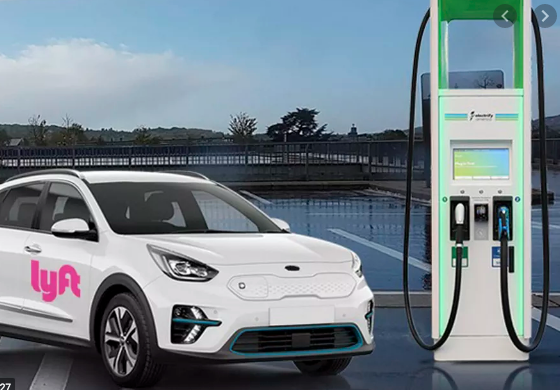 share drivers. The challenge will be getting its drivers to switch over to EVs, as Lyft will continue to be a mobile app company partnering driver/car owners to customers needing a ride. The company won’t block drivers who don’t have EVs from accessing their network and getting business; Lyft has to talk them into it. That will be without incentives. The company is counting on governments spiffing up their programs for clean air and fighting climate change.
share drivers. The challenge will be getting its drivers to switch over to EVs, as Lyft will continue to be a mobile app company partnering driver/car owners to customers needing a ride. The company won’t block drivers who don’t have EVs from accessing their network and getting business; Lyft has to talk them into it. That will be without incentives. The company is counting on governments spiffing up their programs for clean air and fighting climate change.
“We will aggressively promote and help drivers access incentive funds,” a Lyft told TechCrunch. “If policymakers do their part in the next few years, EVs should reach cost-parity with gasoline vehicles by mid-decade.”
Lyft will be working with EDF and other environment groups to lobby for EV incentives and charging infrastructure development. The challenge will be steep as Lyft drivers are used to getting good mileage in small, fuel efficient cars from Asian manufacturers. Another challenge will be Honda putting out a hybrid CR-V on the market soon, providing larger passenger and cargo space with great mileage from a non-EV.
Ford and VW working on electric vans: Ford Motor Company and Volkswagen AG signed agreements on June 10 that expand their global alliance and take the next step from their initial alliance forged July 2019. They’re seeing increased demand in commercial vehicles and high-performing electric vehicles in Europe and other regions. Their alliance will produce a medium pickup truck engineered and built by Ford, for sale by Volkswagen as the Amarok starting in 2022 within the Volkswagen Commercial Vehicles lineup. Next up will be a city delivery van built by VW’s commercial vehicle group; and later onto a 1-ton van created by Ford. By 2023, they’ll be powered by Volkswagen’s Modular Electric Drive (MEB) toolkit, expanding on Ford’s zero-emission capabilities in Europe. The two global automakers will also work with Argo AI to independently develop autonomous vehicles at scale based on Argo AI’s innovative self-driving technology. Argo AI is a Pittsburgh-based company in which Ford has ownership and development interests.
For those interested in Ford’s new Mustang Mach-E electric performance SUV, it’s coming equipped with a more precise predictor of available range. Mustang Mach-E’s innovative Intelligent Range can accurately estimate how much range the all-electric SUV has left, helping reduce anxiety about when and where customers can recharge.
NREL sees hope in blockchain tech: Blockchain continues to be taken more seriously as unexpected parties like the US Dept. of Energy’s National Renewable Energy Laboratory (NREL), based in Golden, Col., enters the game. But this won’t be about tapping into the highly volatile cryptocurrency capital market. The power grid is bringing in blockchain technology to help ensure the reliability, resiliency, and security needed to distribute energy. With this stability, NREL is ready to take on a major opportunity: how property owners can sell unused power from their rooftop solar panels. Blockchain will serve as a distributed digital record of actions agreed and performed by multiple parties, to facilitate moving clean energy and its efficient distribution effectively. NREL researchers have been evaluating the use of blockchain for transactive energy using hardware in the laboratory’s Energy Systems Integration Facility (ESIF). So far, they’re impressed.
Automating driving on hold: BMW Group and Mercedes-Benz AG put development cooperation in automated driving temporarily on hold. Their joined efforts on next-generation technology for automated driving will be placed on the back burner for now. Both companies are emphasizing that cooperation may be resumed at a later date and that the two companies’ underlying approach to matters such as safety and customer benefits in the field of automated driving remains highly compatible. Autonomous vehicle projects are being led by automakers in partnership with competitors and technology suppliers. As COVID-19 continues to hit all of the global markets, these ventures have to be placed on hold for now.
DOE funding advanced lithium-ion batteries: The US Dept. of Energy is making up to $12 million available for projects that address capability gaps for enhanced lithium-ion batteries, next-generation lithium-ion batteries, and next-generation lithium-based battery technologies. Working through the Office of Energy Efficiency and Renewable Energy’s Advanced Manufacturing Office and Vehicles Technologies Office, funding is available for projects that address these four areas: materials processing and scale-up; innovative, advanced electrode and cell production; designer materials and electrodes; and formation. DOE will be woking with National Laboratories to establish public-private partnerships that solve engineering challenges for advanced battery materials and devices, with a focus on de-risking, scaling, and accelerating adoption of new technologies. The agency is soliciting proposals for projects that can meet these objectives.

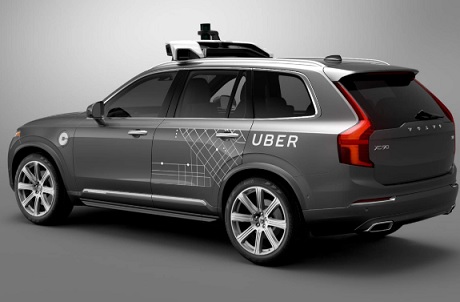 familiar with the matter told Reuters that BMW has bought out its partner, German car rental company Sixt, from its joint venture that had backed the DriveNow car-sharing unit. The two automakers are talking about a new JV that would offer car sharing, ride-hailing, electric vehicle charging, and digital parking services. Daimler’s Car2Go has had a strong presence in Europe and the U.S., and DriveNow has been growing in these regions. Ride-hailing itself is expected to be a $285 billion segment by 2030 once self-driving ride-hailing services are in place, according to Goldman Sachs. A senior executive at one of the two German carmakers who declined to be named said the new JV “will create an ecosystem which can also be used for managing robotaxi fleets.”
familiar with the matter told Reuters that BMW has bought out its partner, German car rental company Sixt, from its joint venture that had backed the DriveNow car-sharing unit. The two automakers are talking about a new JV that would offer car sharing, ride-hailing, electric vehicle charging, and digital parking services. Daimler’s Car2Go has had a strong presence in Europe and the U.S., and DriveNow has been growing in these regions. Ride-hailing itself is expected to be a $285 billion segment by 2030 once self-driving ride-hailing services are in place, according to Goldman Sachs. A senior executive at one of the two German carmakers who declined to be named said the new JV “will create an ecosystem which can also be used for managing robotaxi fleets.”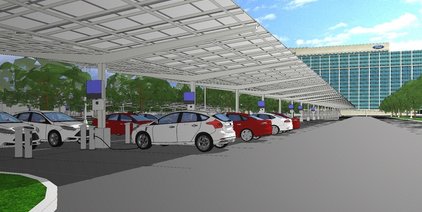 the prestigious
the prestigious  standards between its departments and with the state of California will be clarified in weeks ahead. National Highway Traffic Safety Administration
standards between its departments and with the state of California will be clarified in weeks ahead. National Highway Traffic Safety Administration  hailing app for women riders transported by women drivers, closed its shutters on Tuesday, January 9.
hailing app for women riders transported by women drivers, closed its shutters on Tuesday, January 9.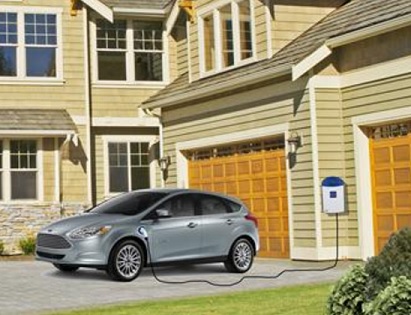 will still be able to claim a tax credit up to $7,500 on the purchase. The 200,000 unit cap will still be in place with Tesla, General Motors, and Nissan expected to hit that ceiling sometime next year. Automakers and organizations such as CALSTART and Plug In America had been lobbying for inclusion of the tax credit, which had been initially cut from a House tax bill.
will still be able to claim a tax credit up to $7,500 on the purchase. The 200,000 unit cap will still be in place with Tesla, General Motors, and Nissan expected to hit that ceiling sometime next year. Automakers and organizations such as CALSTART and Plug In America had been lobbying for inclusion of the tax credit, which had been initially cut from a House tax bill. had argued that it merely provides a mobile app linking riders to car owners, and not a taxi or livery company. The case had come out after Barcelona ruled that Uber was to obey local taxi rules in that city. Uber downplayed the court ruling, saying that the company already operates under transportation laws in most European Union countries. Analysts say the ruling will have serious implications for Uber and other similar companies operating in the new gig economy. Uber and its new management team have a set of challenges to face after going through a difficult year.
had argued that it merely provides a mobile app linking riders to car owners, and not a taxi or livery company. The case had come out after Barcelona ruled that Uber was to obey local taxi rules in that city. Uber downplayed the court ruling, saying that the company already operates under transportation laws in most European Union countries. Analysts say the ruling will have serious implications for Uber and other similar companies operating in the new gig economy. Uber and its new management team have a set of challenges to face after going through a difficult year.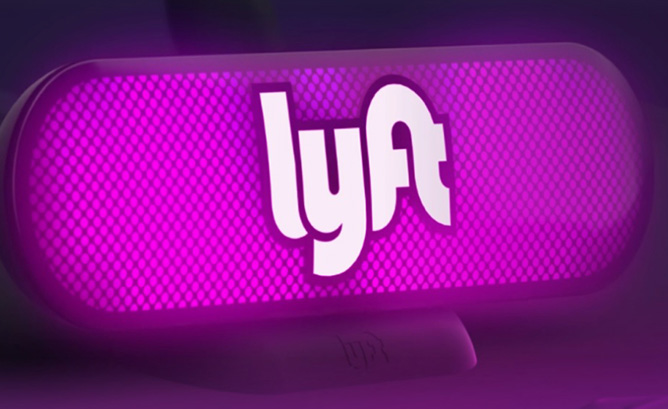 Fidelity Management & Research Company and Ontario Teachers’ Pension Plan. AllianceBernstein, Baillie Gifford, KKR, Janus Henderson Investors, and Rakuten. CapitalG led the billon-dollar round. The ride-hailing firm’s valuation is now at $11.5 billion. Alphabet, the Google parent company, played a key role in bringing in more investors for Lyft during October – after pulling away from financial support for arch-competitor Uber and filing its intellectual property theft lawsuit affecting its Waymo division……………..
Fidelity Management & Research Company and Ontario Teachers’ Pension Plan. AllianceBernstein, Baillie Gifford, KKR, Janus Henderson Investors, and Rakuten. CapitalG led the billon-dollar round. The ride-hailing firm’s valuation is now at $11.5 billion. Alphabet, the Google parent company, played a key role in bringing in more investors for Lyft during October – after pulling away from financial support for arch-competitor Uber and filing its intellectual property theft lawsuit affecting its Waymo division……………..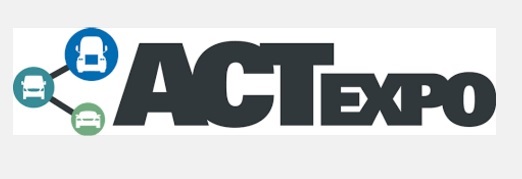 clean transportation events, GNA has played a key role in raising millions of dollars in grant funding for clients during its history. The consulting firm will celebrate its 25 year anniversary next year. The company has effectively supported the use of renewable fuels, and has provided research and analysis for all parts of the clean transportation industry. GNA also does emissions modeling, assists with technical fleet planning, monitors government affairs, and provide communications and media services to clients, CNGVC said.
clean transportation events, GNA has played a key role in raising millions of dollars in grant funding for clients during its history. The consulting firm will celebrate its 25 year anniversary next year. The company has effectively supported the use of renewable fuels, and has provided research and analysis for all parts of the clean transportation industry. GNA also does emissions modeling, assists with technical fleet planning, monitors government affairs, and provide communications and media services to clients, CNGVC said.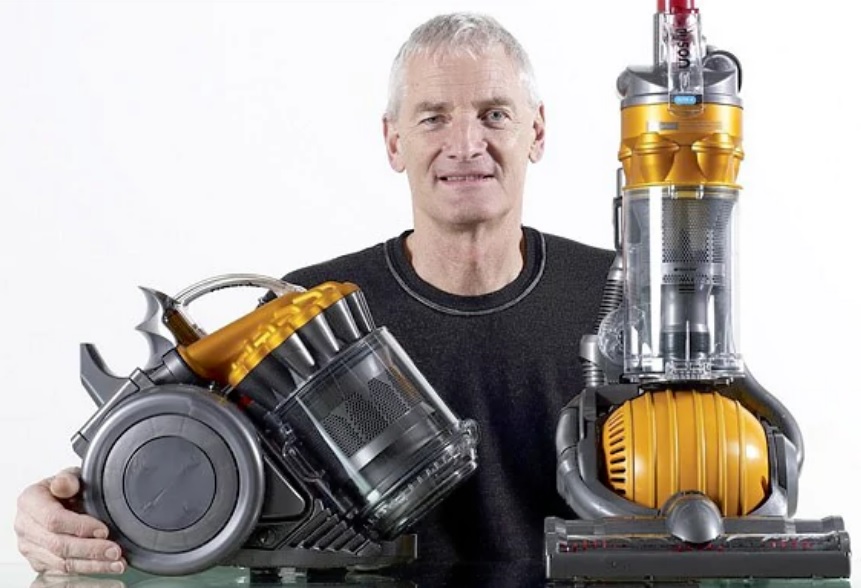 investing about $2.7 billion in solid-state battery technology and designing the EV. It will be put together by a team of more than 400 employees, said founder James Dyson. It won’t be an affordable Tesla Model 3, Chevy Bolt, and Nissan Leaf competitor. Dyson said it will be an expensive car, and those interested will have to “wait and see” what it’s going to look like. Rumors have been floating about the company getting into the EV race for a few years now, which was clarified last year in a government document filing. The company’s sales have grown in recent years as it expanded its presence in Asia. That will be a big part of its EV launch. “We see a very large market for this car in the far east,” Dyson said.
investing about $2.7 billion in solid-state battery technology and designing the EV. It will be put together by a team of more than 400 employees, said founder James Dyson. It won’t be an affordable Tesla Model 3, Chevy Bolt, and Nissan Leaf competitor. Dyson said it will be an expensive car, and those interested will have to “wait and see” what it’s going to look like. Rumors have been floating about the company getting into the EV race for a few years now, which was clarified last year in a government document filing. The company’s sales have grown in recent years as it expanded its presence in Asia. That will be a big part of its EV launch. “We see a very large market for this car in the far east,” Dyson said.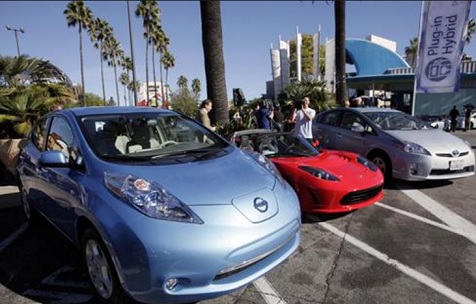 exploring barring the sale of vehicles in California with internal combustion engines. The earliest ban would be a decade away and ties into the state’s campaign to battle climate change. The move would send shockwaves to automakers, which have already been working on meeting the state’s zero emission vehicle mandates in the world’s largest auto market. A more pressing issue for California has been how the Trump administration will be ruling on the fuel economy and emissions standards, and if California’s ZEV guidelines will be included.
exploring barring the sale of vehicles in California with internal combustion engines. The earliest ban would be a decade away and ties into the state’s campaign to battle climate change. The move would send shockwaves to automakers, which have already been working on meeting the state’s zero emission vehicle mandates in the world’s largest auto market. A more pressing issue for California has been how the Trump administration will be ruling on the fuel economy and emissions standards, and if California’s ZEV guidelines will be included. between 2008 and 2016 may have had emissions defeat devices, according to German newspaper Sueddeutsche Zeitung. In May, Daimler was subject to a search warrant granted by the District Court of Stuttgart that led to a raid and allegations made about the defeat devices. Engines used in the Mercedes C, E, G, R, ML, S, and CLS class models badged 320 and 350 Bluetec with 3.0-liter V6 engines are being investigated; Mercedes S 250 and E 300 Bluetec models in four-cylinder diesel 1.8 and 2.2 liter models; and diesel-powered Sprinter vans.
between 2008 and 2016 may have had emissions defeat devices, according to German newspaper Sueddeutsche Zeitung. In May, Daimler was subject to a search warrant granted by the District Court of Stuttgart that led to a raid and allegations made about the defeat devices. Engines used in the Mercedes C, E, G, R, ML, S, and CLS class models badged 320 and 350 Bluetec with 3.0-liter V6 engines are being investigated; Mercedes S 250 and E 300 Bluetec models in four-cylinder diesel 1.8 and 2.2 liter models; and diesel-powered Sprinter vans. announcement to pull the U.S. out of the Paris climate agreement. It’s expected to reduce carbon emissions by at least five million tons by 2025. The electric cars will be powered by 100% renewable energy and it will all start with its nuTonomy vehicles coming out later this year in Boston. Lyft’s efforts will also be supported next year through a large test fleet of self-driving Chevy Bolts with its investor, General Motors. Lyft will be well positioned the three technologies that market analysts expect to shape the auto industry – electric, autonomous, and shared mobility services.
announcement to pull the U.S. out of the Paris climate agreement. It’s expected to reduce carbon emissions by at least five million tons by 2025. The electric cars will be powered by 100% renewable energy and it will all start with its nuTonomy vehicles coming out later this year in Boston. Lyft’s efforts will also be supported next year through a large test fleet of self-driving Chevy Bolts with its investor, General Motors. Lyft will be well positioned the three technologies that market analysts expect to shape the auto industry – electric, autonomous, and shared mobility services. Have you ever taken an Uber ride to the airport, work, concert, or out on a date? Not only have I taken a few Uber rides, I’ve put in quite a few hours and miles on the road as an Uber driver. I’ve also written a non-fiction book about it that was published Friday on Kindle,
Have you ever taken an Uber ride to the airport, work, concert, or out on a date? Not only have I taken a few Uber rides, I’ve put in quite a few hours and miles on the road as an Uber driver. I’ve also written a non-fiction book about it that was published Friday on Kindle,